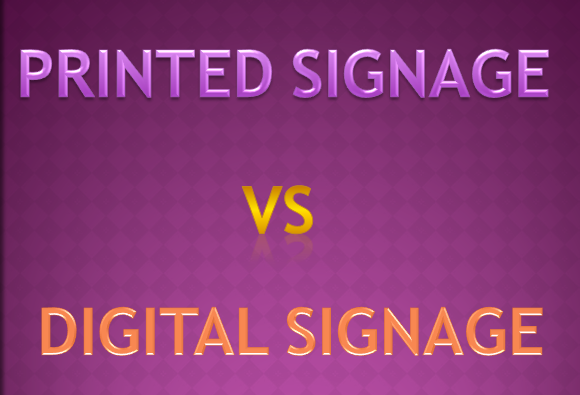
2020 has been a tough year for everyone in all the countries around the world, and mainly Australia. This year’s ‘fire season’ was a lot worse than usual as it burned through millions of acres and displaced around 3 billion animals from their homes. It went on to claim 25 innocent human lives and exacted irreparable environmental damage. The next item on the list was the pandemic. The virus forced countries to shut their borders, and industries like printing and signage suffered huge losses. These unfortunate events forced a few printing services in Brisbane to offer their services at low cost, to stay afloat in the market.
Signage, a word that became popular between 1975 and 1980, is the design or use of signs to communicate a message. They are visual graphics that showcase and convey specific information to a particular audience. The sizes of the signs vary according to the client requirement and the location it gets placed. Recent technological developments lead to the birth of digital signage, where signs used electronic or digital displays to serve their purpose, and then began the battle between traditional printed signage and digital signage.
Printed Signage vs Digital Signage
1. Power
Unlike digital signage, printed signage does not require any power to operate and will continue to advertise the brand and the message without electricity. At the same time, digital signage requires a constant supply of energy to function.
2. Reliability
Printed signage is more reliable than digital signage as it does not contain any moving parts. Once the printed signage is installed correctly on a window or a wall, the sign will continue to convey the message until someone removes it.
On the other hand, digital signage hosts a sophisticated behind the scenes. For digital signage to function, it requires components such as the internet, a router, a display, software and more. If any of these components break down, the digital signage will cease to function.
3. Setup Location
Anyone can set up printed signage or ‘post-it’ anywhere. One can set up printed signage on Mount Everest or in the Great Barrier reef, and it will still serve its purpose.
The places people can set up digital signage is limited. The necessity of a power source to function restricts and narrows the number of sites a person can set up their digital sign.
4. Setup Cost
The birth of digital signs has drastically lowered the cost of printed signs. A 55” digital screen will cost a person $2000 while a 55” vinyl banner will only cost around $100.
The initial set up cost for a digital sign is through the roof. As mentioned before, a 55” screen will cost a person roughly $2000. However, the setup’s completion requires other hardware and media players and requires software that comes with licensing fees. For the digital sign to continue functioning, maintenance of the hardware is required, which is also expensive.
The printing and signage industry has gone through various developments from woodblock printing to inkjet printers to kiosk monitors. Amidst the pandemic, a few printing services in Brisbane continue to offer traditional printed signage or digital signage or both.
You might also like our TUTEZONE section which contains exclusive tutorials on how you can make your life simpler using technology.




